11 Surprising Causes of Tomatoes Splitting and Cracking on the Vine
Tomato splitting and cracking on the vine can be frustrating for any gardener. These issues often happen when the fruit grows faster than its skin can handle, leading to unsightly damage. Understanding the common causes behind this problem helps keep tomatoes healthy and looking their best. Paying attention to watering habits, weather changes, and plant care can make a big difference in preventing cracks.
This post may contain affiliate links, which helps keep this content free. Please read our disclosure for more info.
Uneven Watering Patterns
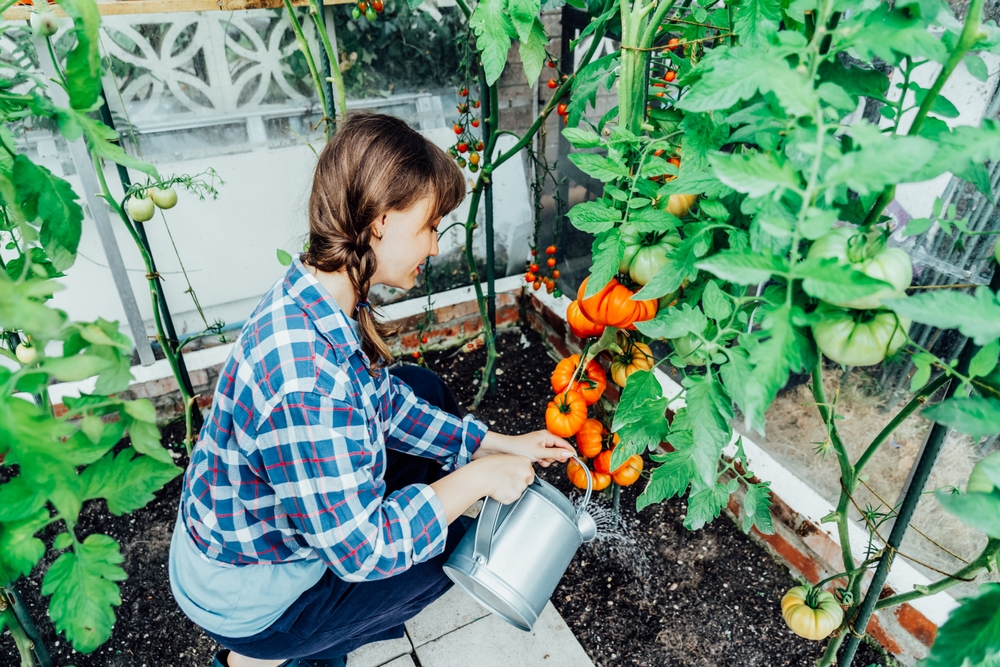
Many gardeners do not realize that inconsistent watering can cause tomatoes to split. When plants receive little water for a few days and then are suddenly drenched, the fruit absorbs water quickly. This rapid intake causes the skin to stretch beyond its capacity, leading to cracks. Keeping soil moisture steady helps prevent this problem.
Regular watering encourages gradual fruit growth, allowing the skin to expand naturally. Sudden changes in moisture disrupt this balance and create weak spots on the tomato’s surface. Even if the weather is dry, providing consistent water can reduce the chances of splitting.
Overripe Fruit Staying on the Vine
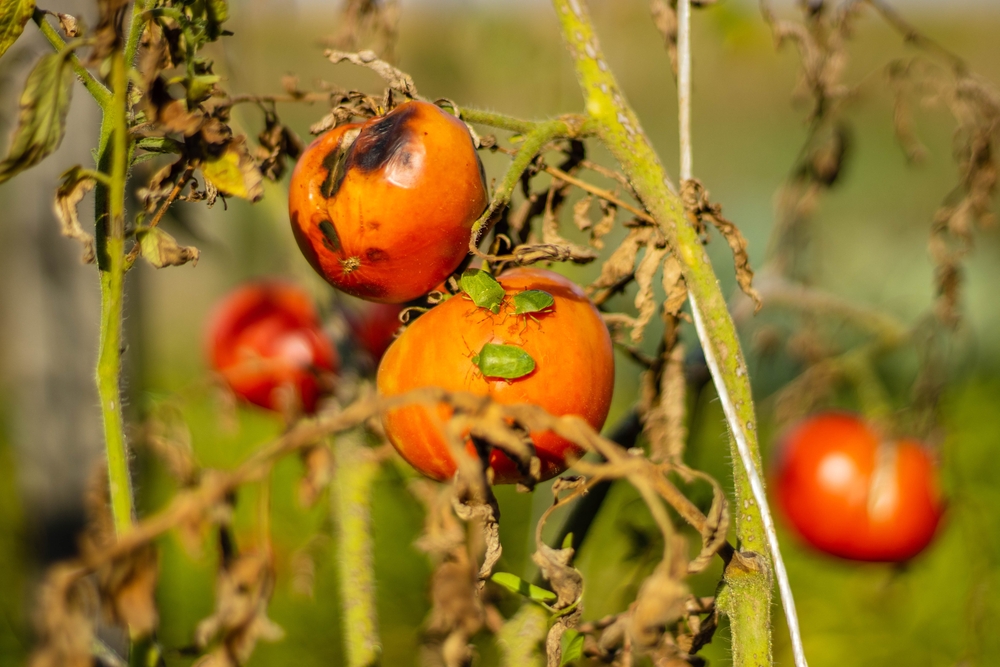
Leaving tomatoes on the vine past their peak ripeness can cause the skin to break down. Overripe tomatoes become softer and more prone to cracks. This happens because the fruit’s cell walls weaken as it ages. Gardeners often do not expect that fruit left too long might damage itself in this way.
Picking tomatoes promptly when they reach the right color helps avoid this issue. Overripe fruit is also more vulnerable to pests and diseases that can worsen the cracking. Monitoring ripeness and harvesting on time keeps tomatoes firmer and healthier.
Fluctuations in Temperature
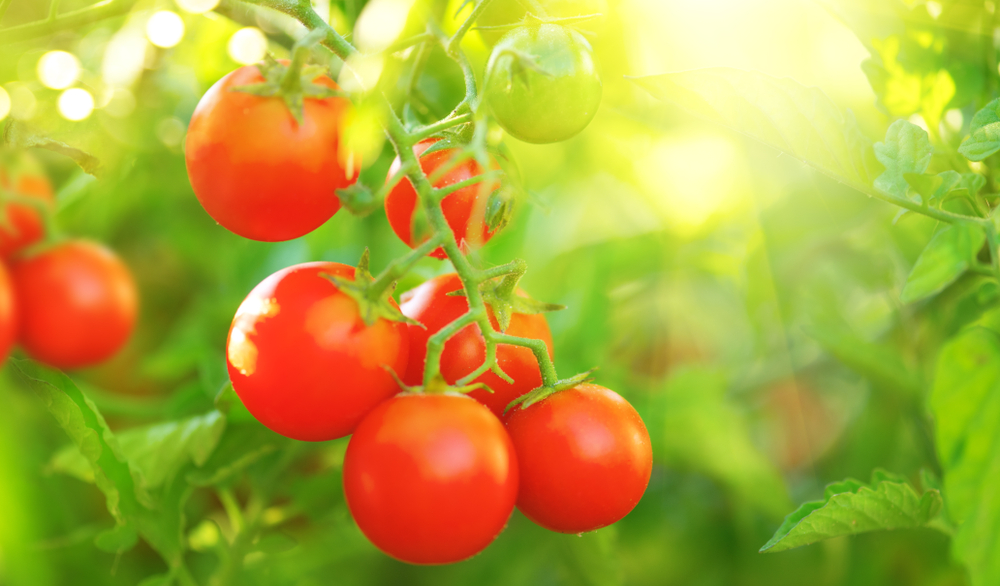
Tomatoes are sensitive to temperature swings. Unexpected changes from hot days to cool nights can affect how the fruit grows. These fluctuations cause uneven expansion of the tomato skin. When temperatures rise suddenly, the fruit grows faster, but the skin may not keep up.
This mismatch leads to small cracks or splits on the tomato’s surface. Gardeners may not link temperature shifts to cracking because it seems less obvious than watering issues. Keeping an eye on the weather and protecting plants during extreme changes can help.
Soil Nutrient Imbalance
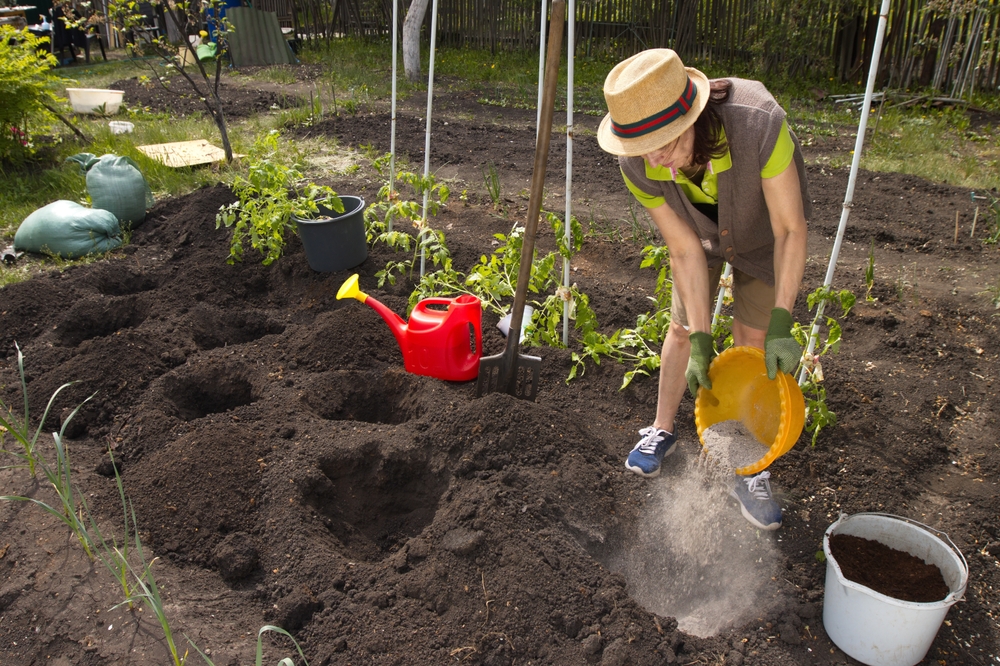
Too much or too little of certain nutrients in the soil can affect tomato skin strength. For example, excess nitrogen promotes rapid growth that the skin cannot handle well. On the other hand, calcium deficiency weakens the skin and flesh, making cracking more likely.
This factor is often overlooked because gardeners focus on watering and pests, not nutrient levels. Testing soil and adjusting fertilizer use to balance nutrients supports steady fruit development. A well-fed plant produces firmer tomatoes less prone to splits.
High Humidity Levels
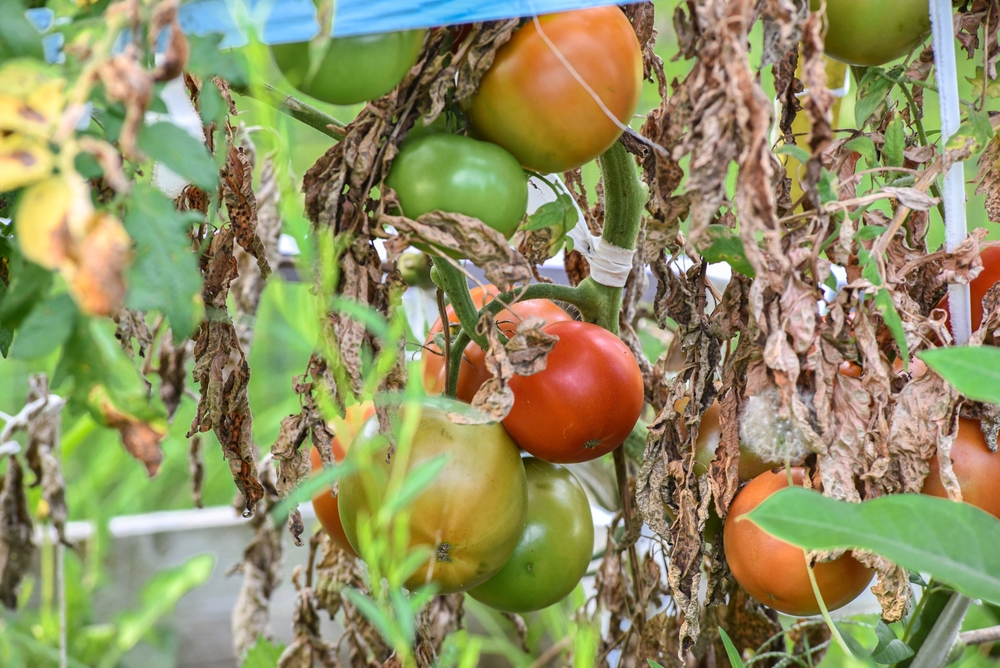
Unexpectedly high humidity can increase the chances of tomato cracking. Moist air slows the evaporation of water from the fruit, causing internal pressure to build as water intake continues. This pressure puts strain on the tomato’s skin.
This is a less common cause and may surprise gardeners who associate cracking mainly with watering. Areas with humid climates need extra care in watering routines and airflow around plants. Improving ventilation reduces moisture buildup and protects the fruit.
Overcrowded Plants
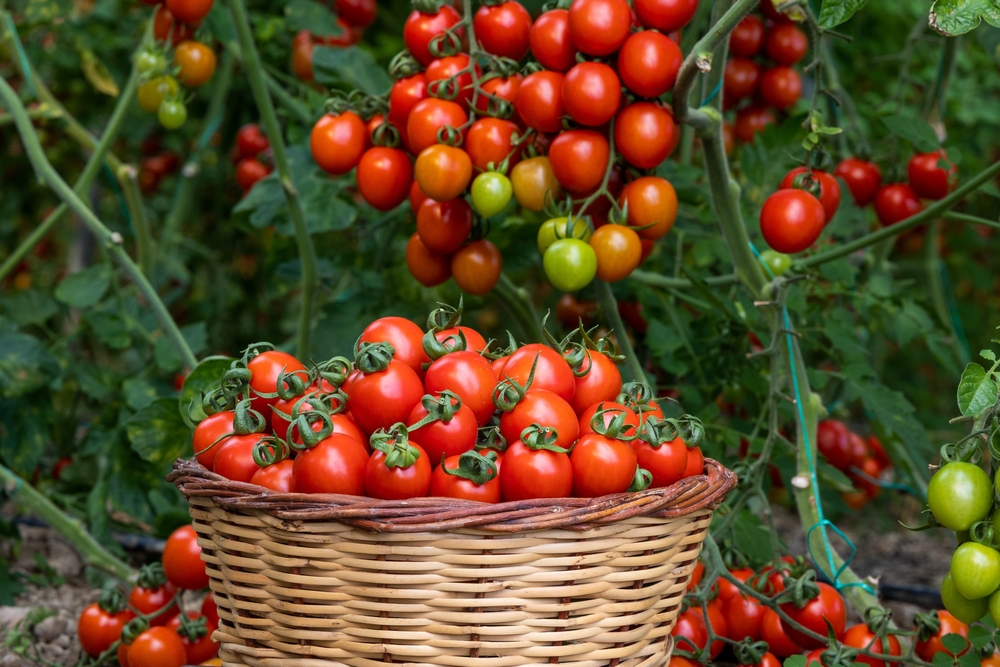
When tomato plants grow too close together, air circulation decreases, and sunlight penetration is reduced. This can cause uneven drying of the fruit after rain or watering. Wet tomatoes are more vulnerable to cracking as the skin softens with moisture exposure.
Overcrowding also stresses plants, sometimes triggering uneven fruit growth. Gardeners may not expect plant spacing to have such a direct effect on cracking. Providing enough room between plants supports healthier tomatoes and lowers the risk of splits.
Use of Overhead Watering
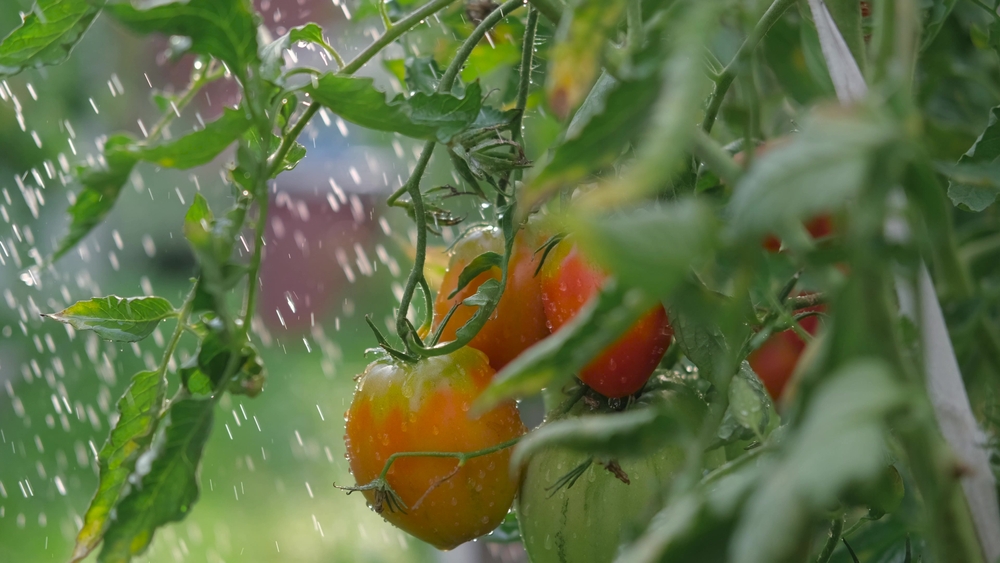
Watering from above may seem convenient, but it can cause tomatoes to crack unexpectedly. Water droplets on fruit skin can lead to uneven moisture absorption. When the soil dries but the fruit remains wet, skin tension can build up and cause splits.
Drip irrigation or watering at the base reduces this risk by keeping the fruit dry. Many gardeners do not realize how much the watering method affects tomato skin condition. Switching to more targeted watering helps prevent cracking caused by surface moisture.
Genetics of the Tomato Variety
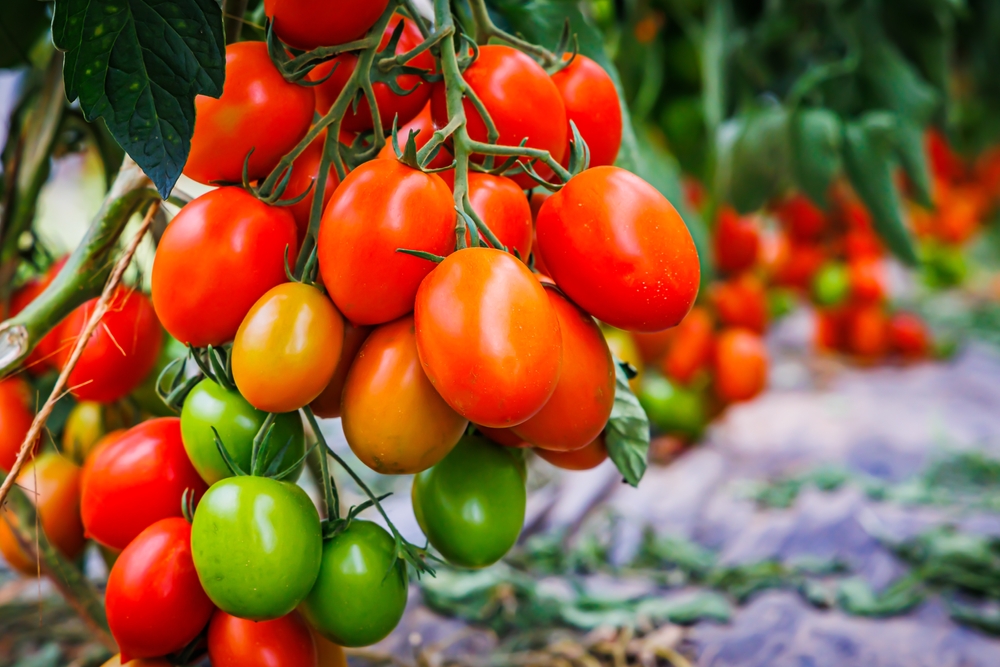
Some tomato varieties naturally have thinner skin, which makes them more prone to splitting. This is not always obvious to growers who focus on appearance or taste. Choosing the right variety for your climate and growing conditions helps reduce cracking.
Heirloom tomatoes, for example, often have delicate skins that crack more easily than commercial hybrids. Understanding the traits of your tomato type guides better care and harvesting decisions. Genetics plays an important role that gardeners sometimes underestimate.
Insect Damage
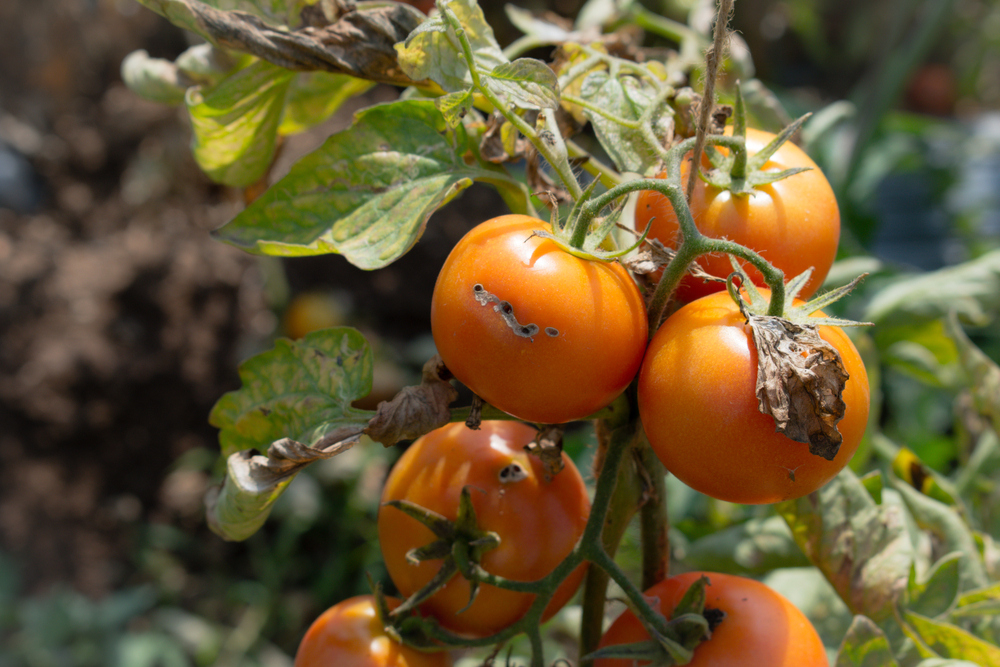
Small insect injuries on tomato fruit can weaken the skin and create entry points for cracks. Damage from pests like stink bugs or tomato fruit worms may not be immediately visible, but it affects the skin’s integrity. This factor can be surprising because it does not always appear severe.
Regular monitoring and pest control protect the fruit from unseen harm. Preventing insect damage keeps the skin intact and lowers the chance of cracking. Even minor wounds can become sites where splits develop as the tomato grows.
Heavy Rainfall After Dry Spells
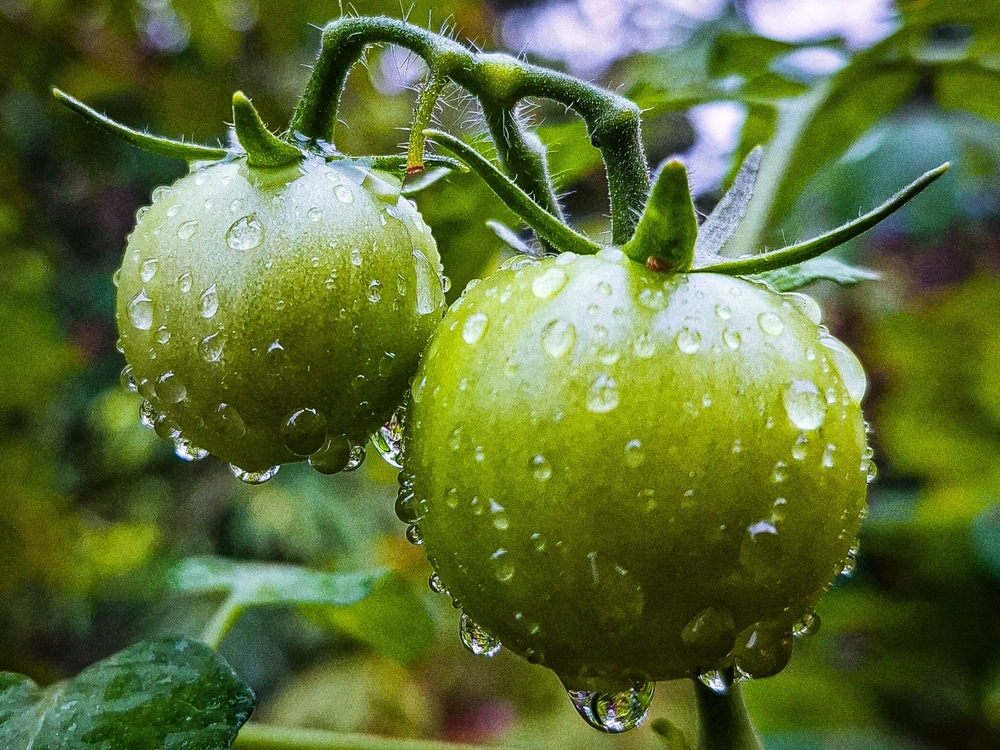
After a dry period, heavy rain can cause rapid water uptake by tomato plants. This sudden increase in fruit size stretches the skin quickly. Gardeners might not expect rainfall patterns to impact tomato cracking in this way.
Monitoring weather and adjusting watering schedules can help minimize damage. Protecting plants during storms or using mulch to regulate soil moisture supports gradual fruit growth. This approach reduces the shock from sudden water intake that leads to splits.
Improper Pruning Techniques
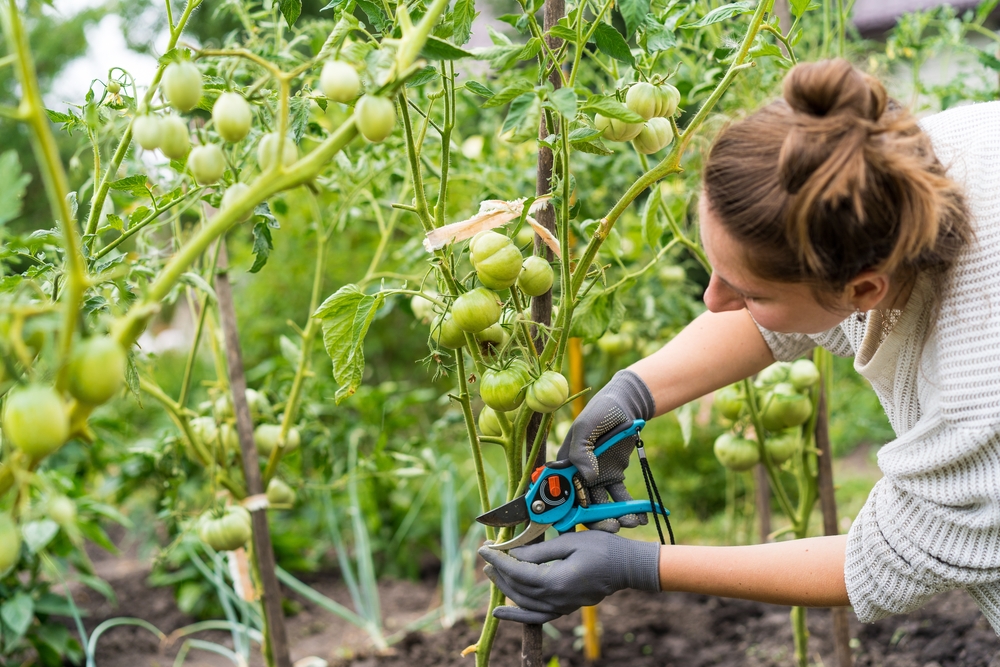
Pruning tomato plants encourages airflow and sunlight exposure. However, incorrect pruning may stress the plant or cause uneven fruit development. This can result in tomatoes growing faster than their skin can handle, causing cracks.
Gardeners may not realize that pruning style influences fruit skin health. Following proper pruning methods supports balanced growth and reduces cracking risks. Removing only necessary leaves and stems keeps the plant stable.
This article originally appeared on Avocadu.
